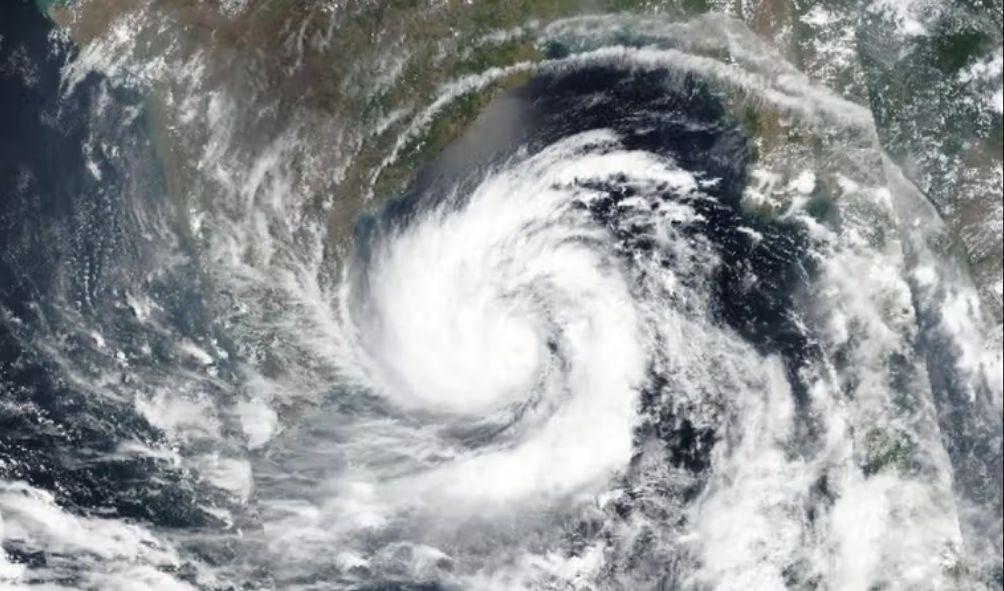Understanding the Naming of Cyclones, Hurricanes, and Typhoons in East Africa
Cyclones, hurricanes, and typhoons are different terms for the same weather event: a tropical storm.
The terminology varies depending on the region. In the Atlantic and Northeast Pacific, these storms are called hurricanes; in the Northwest Pacific, they are referred to as typhoons; and in the South Pacific and Indian Ocean, they are known as cyclones.
Naming these storms helps the media report on them, raises community awareness, and aids in managing disasters.
Before 1999-2000, tropical cyclones were named solely after women. Since then, the names of both genders have been used.
This article delves into the naming process of cyclones, particularly focusing on East Africa, which is affected by cyclones in the Southwestern Indian Ocean.
Historical context of cyclone naming
Naming storms began centuries ago to help track and communicate about them.
Initially, names were randomly chosen; a hurricane might be named after a saint’s day it occurred on or a location it affected.
By the early 1900s, meteorologists worldwide began using short, memorable names to reduce confusion when multiple storms happened simultaneously.
In the past, storms have been named inconsistently and retrospectively. For instance, an Atlantic storm that damaged a boat named Antje might have been called Antje’s hurricane.
Modern naming systems
Currently, the World Meteorological Organization (WMO) is responsible for naming cyclones, hurricanes, and typhoons.
Each ocean basin has its list of names, which are used in rotation. In the Indian Ocean region, affecting East Africa, the process is managed by the Regional Specialized Meteorological Center (RSMC) in La Réunion, France.
The relevant tropical cyclone regional body determines the names during its annual or biennial meeting.
Naming Cyclone Kenneth
Cyclone Kenneth struck Mozambique’s Cabo Delgado province after affecting the Comoros islands.
How names are chosen
The RSMC La Réunion keeps a list of names proposed by regional countries. These names are typically short, unique, and culturally meaningful to local people.
Names can be reused after several years unless the storm was notably deadly or costly, in which case the name is retired.
The choice of names is based on their recognition by regional residents to help people understand and remember cyclones.
For instance, Cyclone Idai, which hit Mozambique, Malawi, Zimbabwe, and Madagascar in March 2019, was one of the most destructive cyclones in the Southwestern Indian Ocean. Due to its severity, the name Idai was retired from future lists.
Examples of cyclones in East Africa
East Africa has experienced several notable cyclones, including:
- Cyclone Kenneth (2019): Following Cyclone Idai, Kenneth struck Mozambique’s northern Cabo Delgado province. It was the strongest cyclone to ever make landfall in Mozambique.
- Cyclone Jobo (2021): Jobo approached Tanzania and was remarkable for being one of the few cyclones to directly impact the country.
The process of naming
Every year, the World Meteorological Organization releases a list of potential cyclone names. Once a tropical disturbance develops into a cyclone with sustained winds of at least 65 km/h, it receives the next available name from the list.
This systematic approach ensures that names are assigned in an orderly and sequential manner, which is crucial for public awareness and coordination of relief efforts.
Assigning names to tropical cyclones simplifies tracking and discussing specific storms, especially when multiple storms are active simultaneously.
Understanding the Naming of Cyclones, Hurricanes, and Typhoons in East Africa
